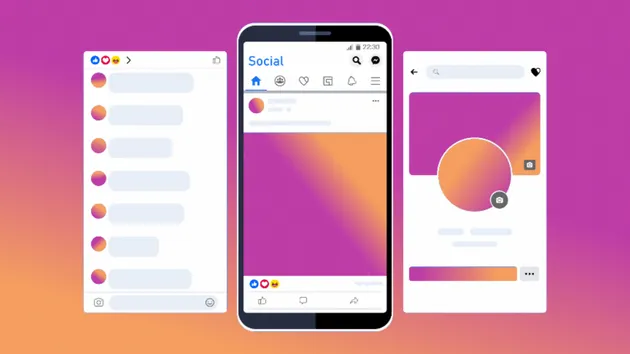LinkedIn Ads Scraper for Clay
Pricing
$10.00/month + usage
LinkedIn Ads Scraper for Clay
This actor scrapes the ads a company is running on LinkedIn for easy use in Clay tables. Just enter the company name, date and number of results you would like to get.
Pricing
$10.00/month + usage
Rating
5.0
(1)
Developer

scrapersforclay
Actor stats
13
Bookmarked
87
Total users
3
Monthly active users
6 months ago
Last modified
Categories
Share
This actor is designed to scrape LinkedIn advertisements for a specific company within a given date range. It extracts details such as ad title, subtitle, text, category, call to action, image URLs, and ad URL.
Features LinkedIn Ad Scraping: Extracts ads from LinkedIn's Ad Library for a specified company and date range. Date Range Filtering: Allows you to specify a start date and end date for the ad campaigns. Data Extraction: Collects detailed information about each ad, including images and call-to-action buttons. Proxy Support: Configurable proxy settings to avoid IP blocking and ensure smooth scraping. Input Validation: Ensures that all inputs are valid and within acceptable ranges. Dataset Storage: Stores the scraped data in Apify's dataset in a structured format. How It Works Input Parameters:
The actor accepts the following inputs:
companyName (required): Name of the advertiser. country (optional): Target country code for the ads (e.g., US, IN). Leave blank to include all countries. startDate (required): Start date for the ad campaign in YYYY-MM-DD format. endDate (required): End date for the ad campaign in YYYY-MM-DD format. maxItems (required): Maximum number of ads to scrape (between 1 and 50). proxyConfiguration (optional): Proxy settings for the scraper.
Data can be accessed and downloaded in various formats (JSON, CSV, Excel, etc.).



